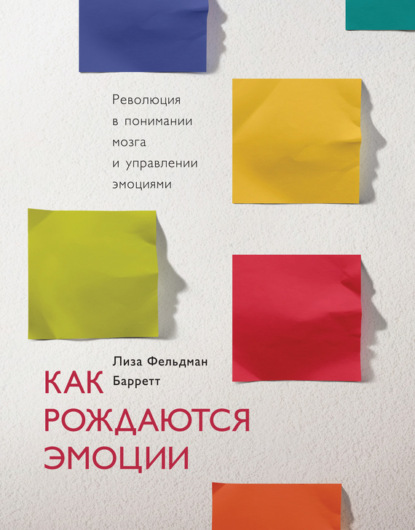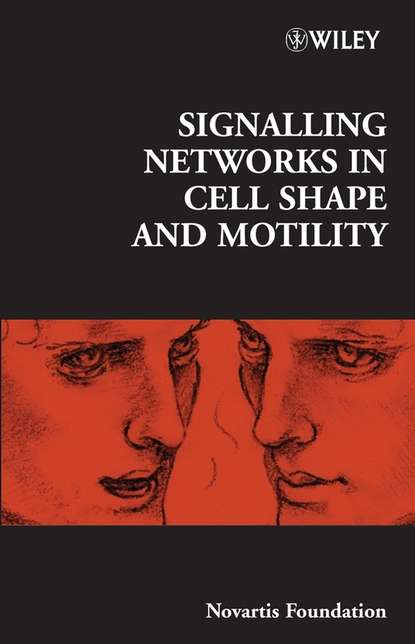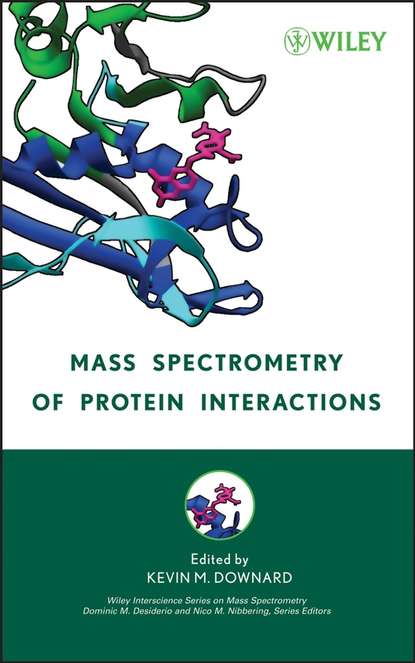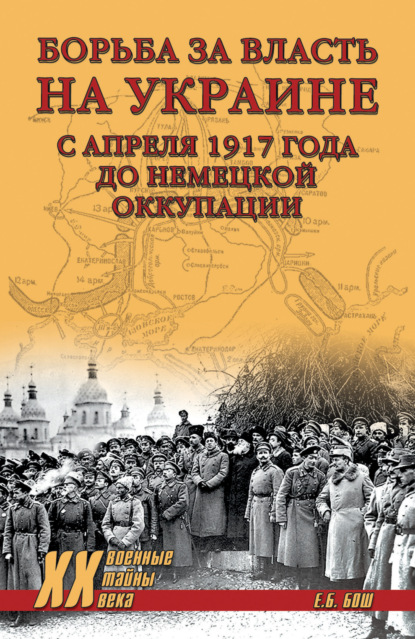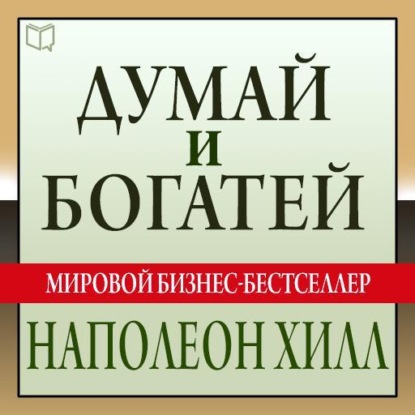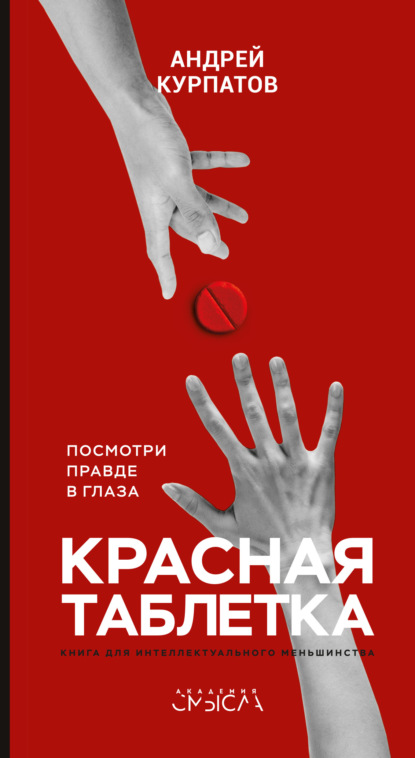Книга “Design of Experiments in Chemical Engineering” автор Zivorad Lazic R, описывает три наиболее распространенных цели экспериментальных исследований: скрининг, математическое моделирование и оптимизация. Книга написана простым и живым языком и подкреплена актуальными исследованиями химических продуктов со всего мира. Она объясняет основные концепции статистических методов, дизайна экспериментов и методов оптимизации, применяемых к химии и химической инженерии. В течение всего времени фокус сосредоточен на объединении теории и методологии оптимизации с известными статистическими и экспериментальными методами. Автор опирается на свой собственный опыт в исследованиях и разработках, что приводит к работе, которая поможет студентам, ученым и инженерам использовать концепции, описанные здесь, для поиска оптимальных условий для химического процесса или системы.
Электронная Книга «Design of Experiments in Chemical Engineering» написана автором Zivorad Lazic R. в году.
Минимальный возраст читателя: 0
Язык: Английский
ISBN: 9783527604593
Описание книги от Zivorad Lazic R.
While existing books related to DOE are focused either on process or mixture factors or analyze specific tools from DOE science, this text is structured both horizontally and vertically, covering the three most common objectives of any experimental research: * screening designs * mathematical modeling, and * optimization. Written in a simple and lively manner and backed by current chemical product studies from all around the world, the book elucidates basic concepts of statistical methods, experiment design and optimization techniques as applied to chemistry and chemical engineering. Throughout, the focus is on unifying the theory and methodology of optimization with well-known statistical and experimental methods. The author draws on his own experience in research and development, resulting in a work that will assist students, scientists and engineers in using the concepts covered here in seeking optimum conditions for a chemical system or process. With 441 tables, 250 diagrams, as well as 200 examples drawn from current chemical product studies, this is an invaluable and convenient source of information for all those involved in process optimization.



